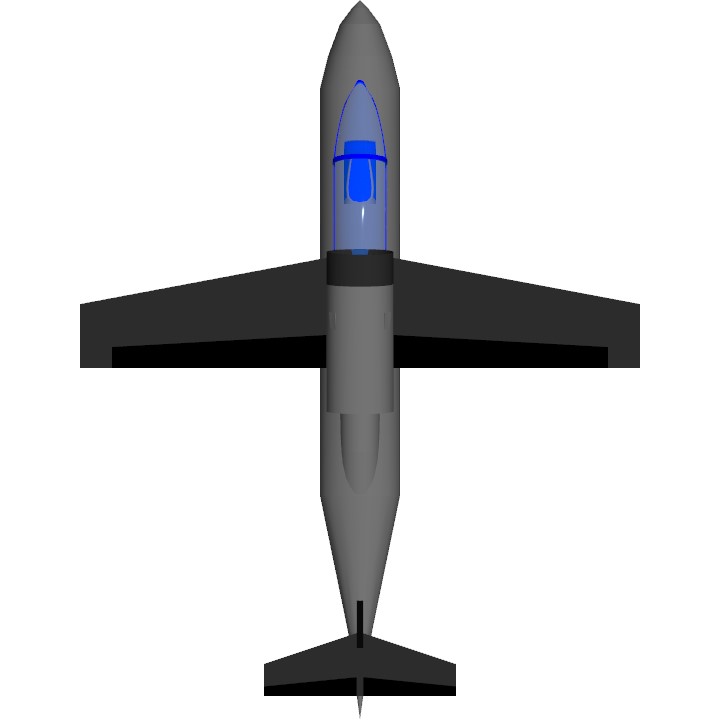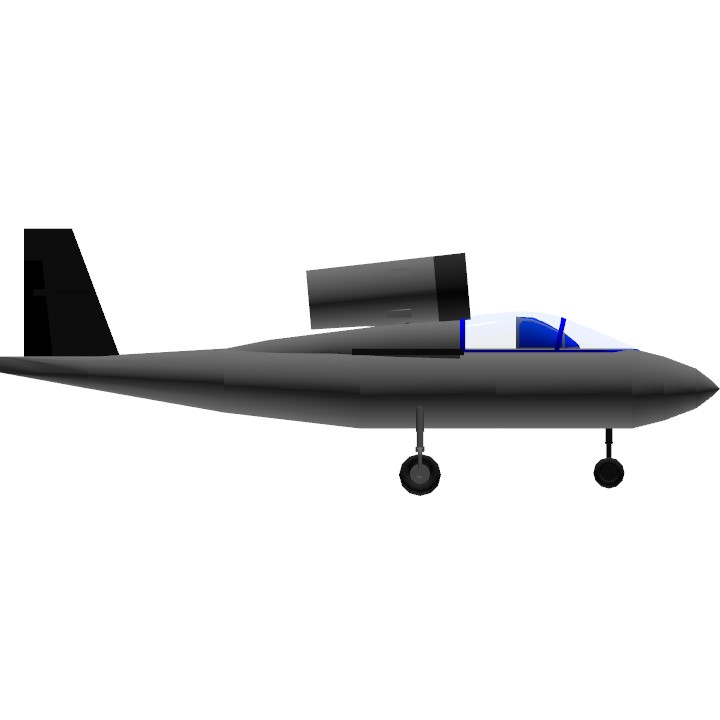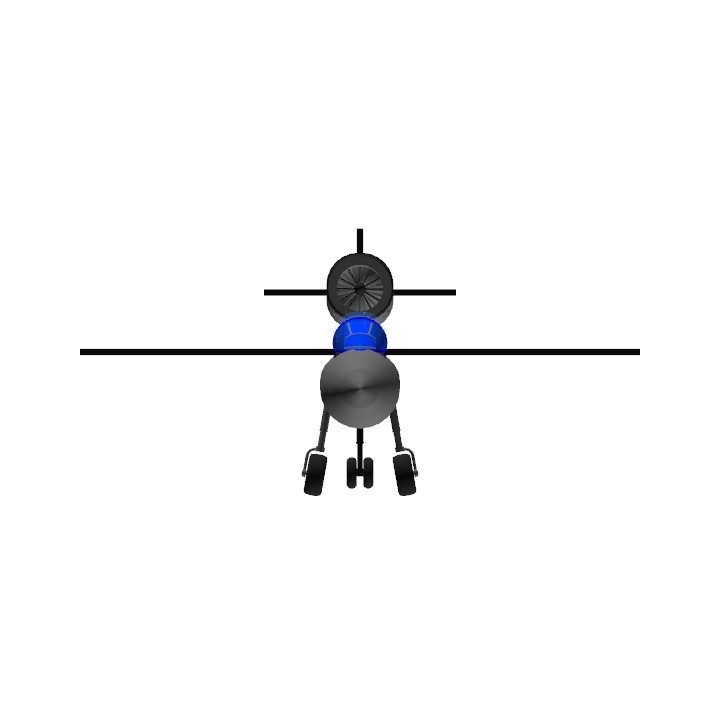Description
The Heinkel He 162 Volksjäger (German, "People's Fighter") was a German single-engine, jet-powered fighter aircraft fielded by the Luftwaffe in World War II. Developed under the Emergency Fighter Program, it was designed and built quickly and made primarily of wood as metals were in very short supply and prioritised for other aircraft. Volksjäger was the Reich Air Ministry's official name for the government design program competition won by the He 162 design. Other names given to the plane include Salamander, which was the codename of its wing-construction program, and Spatz ("Sparrow"), which was the name given to the plane by the Heinkel aviation firm.[1]
The aircraft was notable for its small size; although almost the same length as a Bf 109, its wing was much shorter at 7.2 metres (24 ft) vs. 9.9 metres (32 ft) for the 109. Most distinctive was its top-mounted engine, which combined with the aircraft's ground-hugging landing gear allowed the engine to be easily accessed for maintenance. This made bailing out of the aircraft without hitting the engine difficult, and the 162 is thus also notable as the first single-engine aircraft to mount an ejection seat in an operational setting. The small size left little room for fuel, which combined with the inefficient engine resulted in very low endurance on the order of 20 minutes, and it only had room to mount two autocannons, making it quite underarmed for the era.
A series of fatal accidents during testing required a series of refinements that delayed the program, but it eventually emerged in January 1945 as an excellent light fighter. Although production lines were set up and deliveries began, the state of Germany by that time made the effort pointless. Of just less than 1,000 examples on the assembly lines, only about 120 were delivered to the airfields, and most of those never flew, lacking parts, fuel and pilots. Small numbers were used in development squadrons and these ultimately saw combat in a few cases in April 1945, but the plane proved more dangerous to its own pilots as its tiny fuel load led to a number of planes crashing off field, along with additional cases of structural failure.
Production was still ongoing when the war ended, and a number of examples were captured by the Allied forces along with ample supplies of parts from the production lines. Eric Brown flew one just after the war and considered it a first-rate aircraft with few vices. A number remain in museum collections around the world.
Specifications
General Characteristics
- Predecessor 25 PARTS CHALLENGE 9.30.22 [CLOSED]
- Created On Windows
- Wingspan 28.4ft (8.7m)
- Length 36.9ft (11.3m)
- Height 13.2ft (4.0m)
- Empty Weight 8,458lbs (3,836kg)
- Loaded Weight 9,544lbs (4,329kg)
Performance
- Power/Weight Ratio 3.531
- Wing Loading 57.2lbs/ft2 (279.3kg/m2)
- Wing Area 166.8ft2 (15.5m2)
- Drag Points 3275
Parts
- Number of Parts 25
- Control Surfaces 5
- Performance Cost 243




